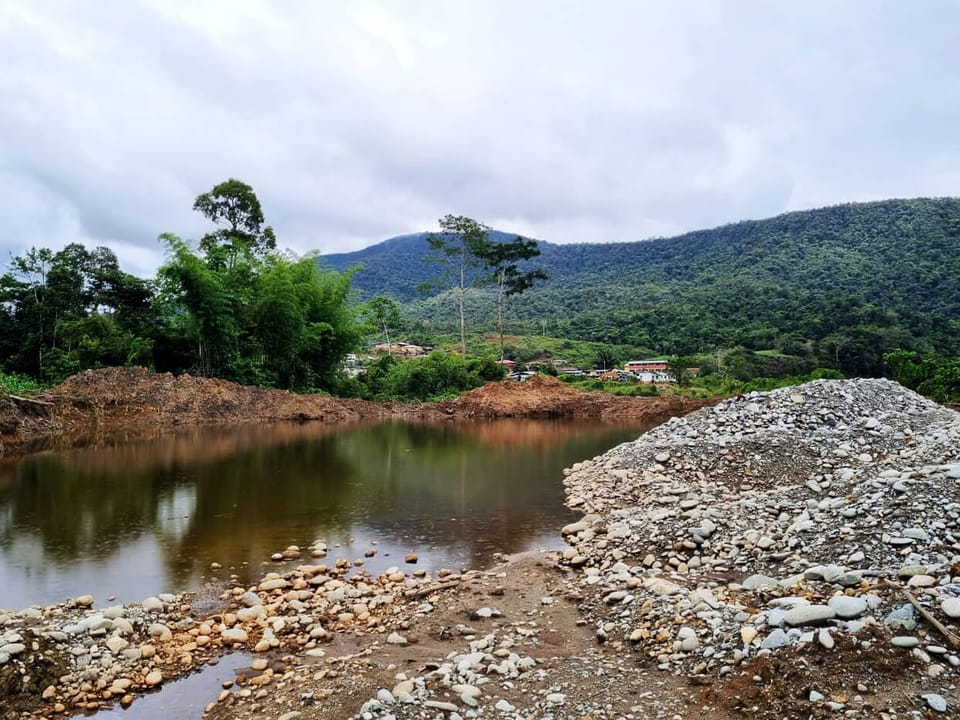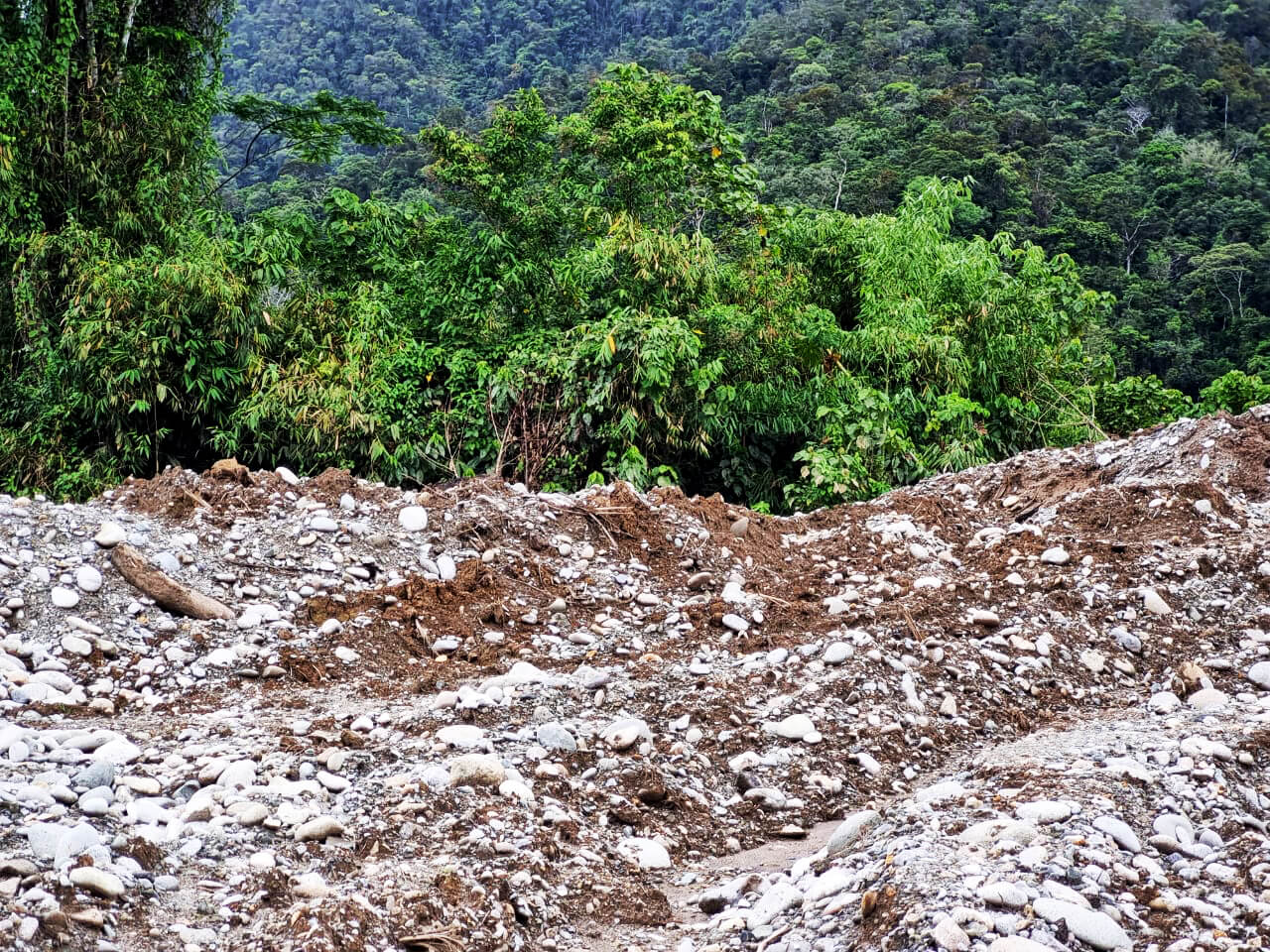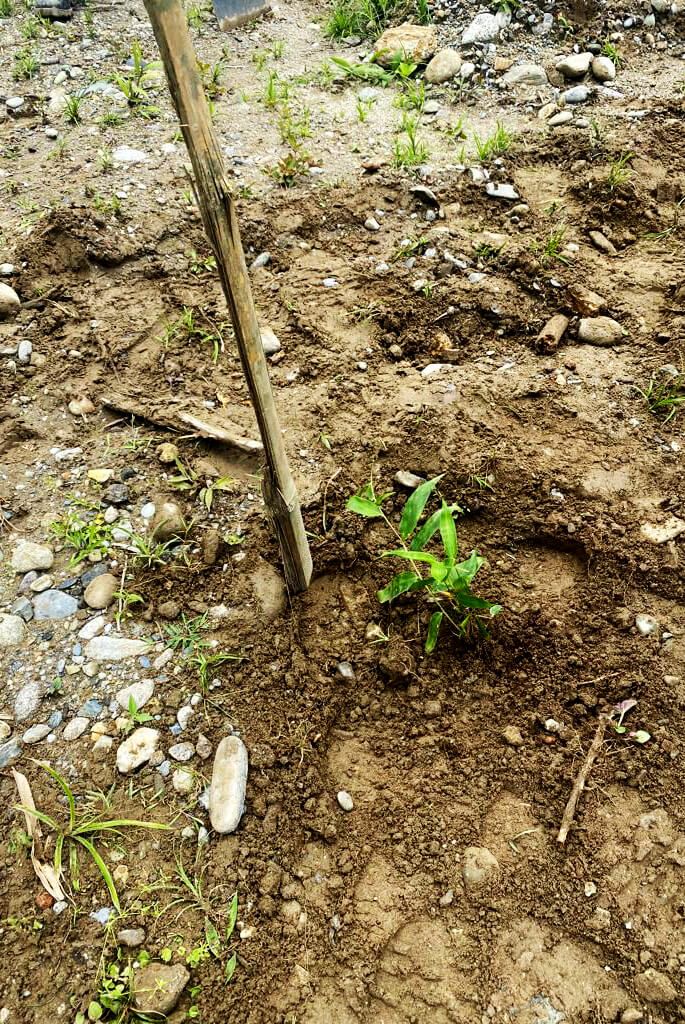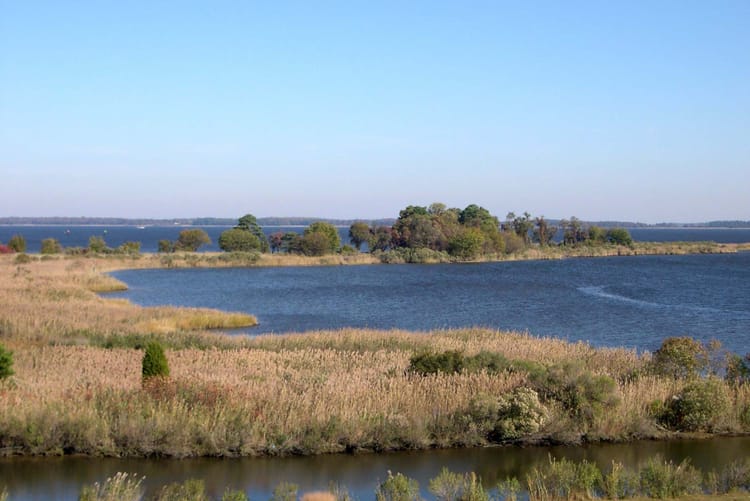Can “green gold” revive Ecuador’s land degraded by gold mining?

Bamboo, also known as green gold, is being grown across the world for its economic and environmental value, where it supports people’s livelihood, helps in watershed management and prevents soil erosion. In an Ecuadorian province, there is an innovative effort to restore land degraded by small-scale gold mining, writes Lucy Binfield.
When you think of a bamboo plant, a very specific image may come to mind: a peaceful, serene forest in Asia, with large leafy bamboos and pandas munching on the green leaves. But there are up to 1,600 species of bamboo that grow natively across Asia, yes, but also in Africa and the Americas.
All across the world, governments and environmentalists are planting bamboo to reduce soil erosion and manage watersheds. Is it the Amazon’s turn?
Amazon’s abundant bamboo
Many of these native bamboo species have evolved to thrive in specific environments, from dry plains to snowcapped mountains and dense, lush rainforests. The Amazon’s rainforest is no exception. In fact, as much as 3% of the Amazonian rainforest is dominated by two closely related bamboo species, Guadua weberbaueri and Guadua sarcocarpa.
These two species, along with other members of the Guadua genus, are large, spiky and tall. Some grow in large clumps, while others climb up trees and occasionally even overpower them to become dominant in the forest canopy.
Other bamboo species native to the area include a wide variety of herbaceous dwarf bamboo species, which can be as small as a blade of grass, or can be as solid-stemmed as the Chusquea genus. Still more species that originate in Asia or Africa have been introduced to the area and grow sporadically. Occasionally they are planted as decorations or in plantations.

An overlooked species
Despite the abundance of this species, relatively little attention has been paid to bamboo in the Amazon. Communities that live in the Amazon have lived among bamboo and used it in many parts of their daily life for many years.
But many countries, regions outside of the Amazon Basin, traditionally use and grow more bamboo, due to the focus on wood as a traditional fibre material within the Amazon itself. After all, the tree species that populate most of the forest have historically been considered more economically valuable and socially useful.
Although a native tree and an integral part of the Amazon rainforest, some researchers consider bamboo as an inconvenience that crowds out the more valuable trees, or even an invasive species in some contexts.
However, within the context of rampant land degradation, climate change and overexploitation of the Amazon’s resources, some environmentalists are now turning to bamboo as an alternative fibre source in the Amazon. Species like Guadua angustifolia hold great potential as a fast-growing, strong material to make a huge variety of sturdy industrial products – from flooring and panels to furniture, tools and handicrafts.
Global restoration projects using bamboo
At the same time, several projects are exploring the use of these species in land restoration of riparian zones and in providing water-related ecosystem services. This idea has been piloted in many areas of the world.
In India, native bamboo species were planted to restore degraded land in Allahabad, where farmers were eventually able to gain 10% of their income from the restored land. In Ethiopia, a World Bank-funded project led to over 10,000 ha of degraded land being improved through plantation with bamboo, mostly in vulnerable watersheds.
In the world’s largest restoration project in China, farmers are given subsidies to regreen sloping land on their properties using a variety of plants, including commercially useful bamboo species. Finally, in Cameroon, communities are supported by the International Union for Conservation of Nature to establish sustainable bamboo plantations to restore farmland.
These projects and many others capitalise on bamboo’s favourable properties for land restoration and livelihood development in riparian zones – it grows fast, often on poor soils; its underground rhizome system binds tightly to the soil, preventing soil erosion and nutrition runoff; and in many cases it can be harvested after just a few years and annually thereafter without compromising the living plant, meaning that its environmental benefits can continue while it is harvested to provide income for local people.



Bamboo cuttings known locally as chusquines. Photos: Peggy Stern (left), Pablo Jacome (center), Mateo Llano (right)
A restoration pilot project in Ecuador
In the Amazonian context, native bamboo species are often the first to populate an area after a fire. This means that they can act as a pioneer species, allowing native biodiversity to return to the land.
Analysis from Colombia’s coffee region has shown that Guadua angustifolia can provide a wide variety of valuable ecosystem services, including erosion resistance, nutrient cycling, rooting capacity and climatic regulation. Despite this, only very few projects are directly looking at native bamboo species as a tool for land restoration in the Amazon.
One of these projects is taking place in the mega-diverse watershed of the Upper Nangaritza River in Zamora-Chinchipe Province, Ecuador.
Guadua angustifolia cuttings were planted on degraded land that had been used for small-scale gold mining. This particularly destructive form of mining may be an important source of income for local people. But its effects on the watershed and on the health of local communities can be catastrophic, leaving behind mercury-poisoned fish and severely degraded land. Without intervention, the recovery of this land might take centuries.
While there are restoration efforts using native trees, it is a slow and expensive process. On the other hand, native bamboo species offer a cost-effective solution, as they grow fast.
It is too early to tell whether the native bamboo species will grow to thrive on these soils or not, but it is hoped that the bamboo planted could eventually become a source of livelihood for local people, potentially by tapping into the global market for bamboo products and in some countries, as a part of currently-popular carbon markets. In addition to restoration of land, it is hoped that the bamboo plants would lead to biodiversity restoration.
Our understanding of the use of these plants in natural land recovery and watershed management is still in its infancy. However, with careful research and management, native bamboos could become an essential nature-based tool for environmentalists and forest managers in the Amazon Basin.






Member discussion